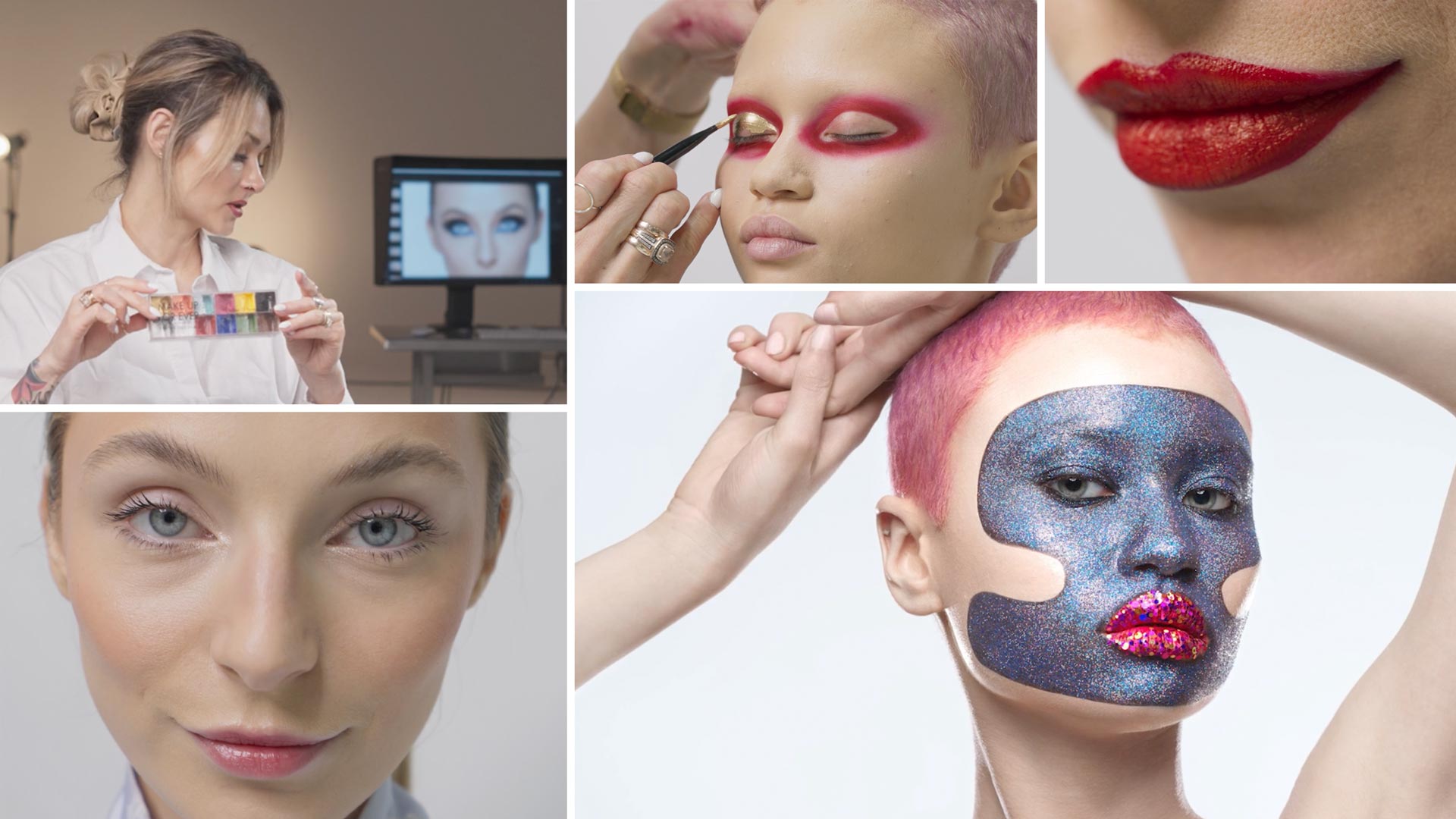Makeup With Different Lighting
Different lighting requires different makeup – and vice versa. Learn how to get it right every time.
A good makeup artist knows how to identify lighting conditions and choose the best makeup accordingly. In this class, professional makeup artist Tamara Tott explains the appropriate makeup for different types of lighting.
You’ll cover the styles, products and textures best suited to natural light, direct sunlight, bare-bulb studio light, soft modified light and more.
Tamara also offers useful tips for photographers, suggesting ways to adapt your lighting setup to get the best results for different skin and makeup types.
In this class:
- How lighting changes the appearance of skin
- How to choose the best makeup for different lighting scenarios
- Makeup for natural light
- Makeup for studio light
- How to choose the best lighting for different skin types
If you’re an aspiring makeup artist, this class will give you the lighting knowledge you need to achieve the best possible results on every job.
If you’re a photographer, this class will educate you on how different skin types require different lighting techniques, and boost your ability to collaborate effectively with makeup artists and models.
Questions? Please post them in the comments section below.


Comments
Karl.. you often bring a model in for a shoot where you have something specific in mind. This video suggests that the photographer needs to be fluid with lighting depending on the model’s skin. You may have to compensate for skin that on the day, may be more textured than suits the style of lighting you had planned. Often you use para modifiers for fashion work which have a specific sparkle and hard edginess as a desired affect. Have you got any stories where you needed to adjust the lighting somewhat but still get, say the hard result you were after? Or have you had to rethink a situation to get an acceptable result?
Hi Gary, I’ve had scenarios where I had one lighting set up in mind because I wanted a certain sharpness of shadow etc and then found that on the day the models skin wasn’t suitable or the makeup etc etc and yes I’ve had to re-think and reduce the hardness of the light. But this isn’t very often, if you’re paying for models and make up you’re doing it to avoid those problems, so there have been times where I’ve simply had to increase the amount of global fill so that texture is reduced in look but the hard edge of the shadow is retained. In relation to the Para’s they are actually very forgiving if you simply change there angle to more frontal rather than from above. In fact with the 222 Para because you use it behind you it is directly frontal to the model and amazingly it completely hides blemeshis and wrinkles etc. I remember I was doing a demo shoot in Tapei and I used the Para 222, the model had good make up but it wasn’t perfect and I had no opportunity for retouching and I put one background light on a paper roll behind her and the shot looked great without anything else needed. You can see it here https://karltaylor.com/people – girl hugging a pink fluffy cardigan close to her and she has long brunette hair.